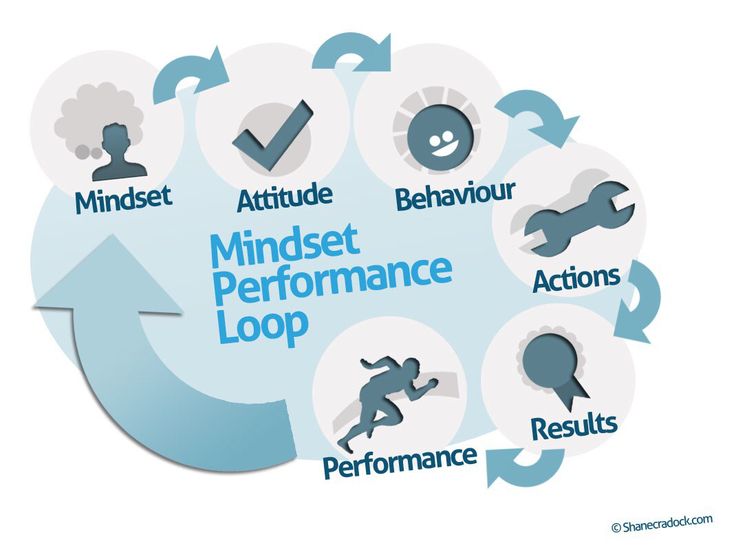
Five Key Considerations for Successful Project Management – Operational Excellence
Who is a Project Manager? A simple answer would be: Any person who has a team and is expected to deliver an output, given a set of requirements. A typical Project Manager is often under pressure from the management, customers, third party vendors and the team members.
Project management is the discipline of planning, organizing, motivating, and controlling resources to achieve specific goals. A project is a temporary endeavor with a defined beginning and end (usually time-constrained, and often constrained by funding or deliverables), undertaken to meet unique goals and objectives, typically to bring about beneficial change or added value. The temporary nature of projects stands in contrast with business as usual (or operations), which are repetitive, permanent, or semi-permanent functional activities to produce products or services. In practice, the management of these two systems is often quite different, and as such requires the development of distinct technical skills and management strategies. (Wiki)
Successful Project Management entails achieving all the project goals while remaining within the constraints of scope, time, quality and budget. It is not an easy job – but definitely a very fulfilling and rewarding one. A Project Manager needs to balance many aspects carefully to achieve the project objectives. From my many years of managing projects and project teams globally, I put together this list of key considerations that a project manager always needs to keep his focus on. The following aspects are from practical experience and hence I believe these would resonate well with practicing managers.
Consideration #1 – Forming the Right Team: 80% of the Projects fail due to lack of right team. Assuming the estimations are done well, the project manager should strive to get the right team based on the project type, including system architects, development and test leads and a solid configuration management expert. The critical roles should never be compromised – for example, if you need a carpenter, “you need a carpenter” and a plumber cannot be “adjusted” into that role. Of course there are businesses realities, but the delivery Manager needs to aggressively push for the “right” team. Also, the core team should be intact throughout the duration of the project (or as far as possible).
Consideration #2 – Commitment to Customer: It is essential that the manager sensitizes the team that release plans once locked-in are sacrosanct. On-time delivery is key. Hence it is extremely important that the entire team is fully aligned to the customer’s requirements. The manager must develop an in-depth understanding of not only the current activity/project, but also get a good understanding of the customer’s product road map. The goal is to become a true partner for the customer through excellence in delivery and technical depth/product understanding.
Consideration #3 – Dashboard driven: Metrics can be overwhelming and hence should be viewed as dash-board (aka cockpit panel or a car dashboard). This will provide the right amount of information to know if the project is under control. Standard metrics like schedule/effort variance are of course essential. In addition, customer satisfaction and various productivity measures needs to be tracked. It is also extremely important that the project management is aligned to the business goals. The project manager has to understand all the parameters that impact the project profitability and gets a regular view of the profitability of the project against target.
Consideration #4 – Never Surprise your stake-holders: It is extremely important to keep open and regular communication both within the team and with the customer (say steering group meeting). Just sending Weekly status report is not sufficient. E-mail should not be the ONLY means of communication. If it is important and deserves an immediate attention, please pick-up the phone and CALL. I have not seen any case where phone calls are over-used. Never delay bad news. Also bad news should be accompanied by recovery plan, impact etc. The bottom line is surprises should be avoided. Examples of common surprises – Communicating to the customer about a delay in the release on the date of release, informing the finance team that there will be a 20% revenue drop for the current month, etc.
Consideration #5 – “Thinking” Plan-B: The changing dynamics in the project makes the manager’s role extremely challenging and it is important that the manager does not get into the Panic mode. It is imperative that the Manager “thinks” ahead of the team and is able to predict potential issues and be prepared with alternate approaches (often called plan-B). Proper Risk planning and management is absolutely necessary. This will give greatly improve manager’s confidence in dealing with risks/issues and be prepared for all outcomes.
The above points are some the key learning from my own mistakes and also from the multiple projects managers I have worked-with across many counties. I am sure there are many more considerations that would help in mastering project management, but I believe the above five practical and simple considerations would be among the most critical ones required in project management. No matter what certifications we posses, nothing can beat hands-on experience! Also, no matter how experienced anyone is, there is always plenty to learn in Project Management!!!
G Krishna Kumar is a Vice President in a leading global software company with many years of experience in managing large global programs for software products and services delivery. He is also an avid writer and blogger and blogs on Telecom, IT and Education related topics at http://bloggerkrishnak.blogspot.in/ . Views are personal.
What is your learning from your project management experience? What other consideration/s do you believe are critical to ensure the success of a project? Krishna and I would love to hear back from you.
Pic Courtesy : http://dilbert.com/strips/comic/2006-02-08/





